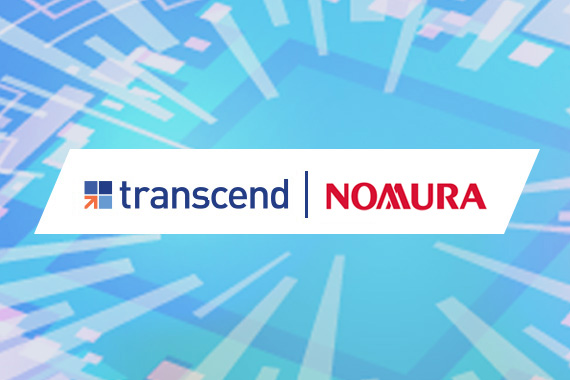QFC Recordkeeping Compliance: Top 5 Challenges and Benefits
- Jan 9, 2019
- Blog Collateral Management QFC Recordkeeping Technology
With 2019 upon us, the first deadlines for banks to comply with the QFC Recordkeeping regulation are just around the corner. The final rule, detailed under the Dodd-Frank Act, will provide US regulatory authorities visibility into firms’ financial exposures and counterparty relationships to reduce the market risks and potential impact in the case of a major institution failing.
The regulation impacts all GSIBs, US DSIBs with $50B+ in assets, and foreign GSIBs operating in the US. It requires that they produce one consolidated report for all in-scope entities within a corporate group, capturing end-of-day positions of QFCs (qualified financial contracts) for in-scope products, along with their governing agreements, collateral, margin, counterparty info and related reference data. They must be equipped to do so on demand by the FDIC or US Treasury regulators, requiring unprecedented coordination, connectivity and data linkage across the enterprise.
Given so much focus complying with other myriad regulations, such as MiFID II, EMIR, SR 14/17 and SFTR, QFC Recordkeeping seems to have taken a back seat. But for firms operating in the US – even for “smaller” banks (i.e. assets in the $50B+ range) whose deadline might not be until 2021 – preparing for these data and operational hurdles demands their full attention now.
Top 5 Challenges for QFC Recordkeeping Compliance
- Identifying all in-scope products and data: QFCs cover a wide range of products, including swaps, repos, securities lending/borrowing, commodities, forwards, FX, options and more. Business units and front-to-back office functions must coordinate to identify all QFCs to ultimately aggregate the firm’s overall exposures.
- Digitizing legal terms of QFCs: For firms who don’t already have legal agreements digitized, or even a digital strategy yet in place, this is a significant and time-consuming undertaking. To link all QFCs to their corresponding legal agreements, firms must identify all required documents and have specific terms in digital format. In many banks, these contracts might have originated years ago, and potentially filed as paper documents. Where are they even stored? Maybe they were at least scanned. But you will need to source them and digitally extract and index required fields, plus organize them by Records Entity (RE) and their legal counterparties.
- Harmonizing and linking the data: Firms must capture all positions, agreements, collateral and reference data. To develop a comprehensive report, this data must be enriched, harmonized and integrated. Importantly, firms must link and retain mappings of the digitized agreement terms to their related QFC positions and/or posted or received collateral.
- Processing and aggregating exposure: It is necessary to aggregate positions and collateral for each netting agreement to determine net exposure for each Records Entity (RE) and their legal counterparties. The firm must also perform field-level validation against regulatory specifications before successfully generating FDIC or Treasury reports.
- Operationalizing reporting: Maintaining QFC data, linkages, processes and technology will be a new operational constant to satisfy on-demand requests from regulators. Upon receipt of requests, firms must be ready to upload a consolidated report that covers all in-scope entities. This also requires validating the FDIC/Treasury report for business context, remediating any errors and quickly addressing exceptions. The reports are filed in a stringent format of 8 tables and 128 fields of data and must be submitted by 7:00am the following day.
The Benefits Go Beyond Compliance
The QFC Recordkeeping requirement adds yet another compliance burden to many banks already managing numerous regulations. Fortunately, advanced, flexible technology available today facilitates compliance with minimal disruption to existing technology and internal processes – and in time for the deadlines. Ultimately, firms can reduce the costs, time and operational demands to meet the new QFC Recordkeeping rules.
But it doesn’t stop there.
The tremendous long-term benefits will more than reward the pains and invested resources in QFC Recordkeeping. This regulation forces firms to advance their enterprise data management goals by digitizing, aggregating, harmonizing and linking agreements, collateral and exposures. Though it seems burdensome, it may bring unprecedented transparency and coordination across business segments.
Ultimately, connecting data across agreements, trades and collateral will enhance multiple business functions and controls across the enterprise. In particular, some of the critical areas such as enterprise collateral funding and optimization, liquidity stress testing requirements, credit and counterparty risk management can significantly benefit from this holistic investment. As Winston Churchill said, “Never waste a good crisis,” and QFC Recordkeeping compliance is a great example. Firms that are in scope for QFC Recordkeeping compliance may have a rare opportunity to significantly enhance their data and business capabilities while complying to this difficult regulation.
Learn more about QFC Recordkeeping compliance, or contact us to discuss in more detail.





